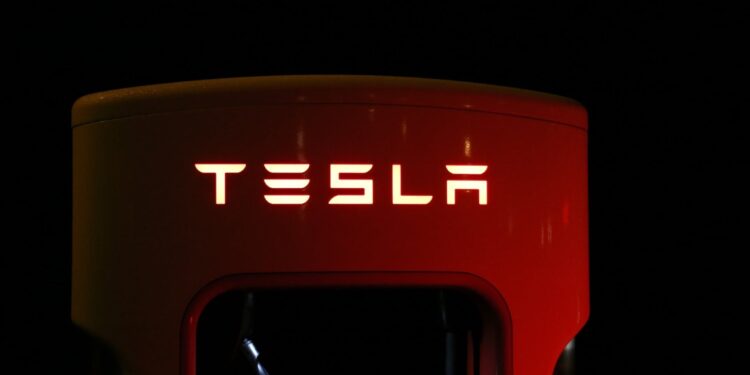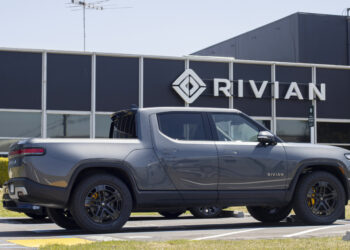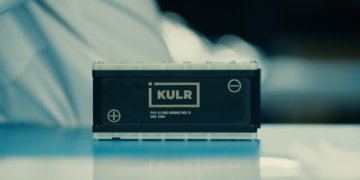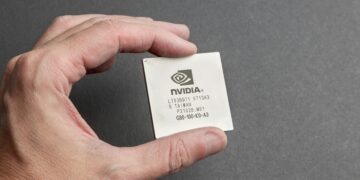Examining the Fallout from Tesla’s Decision to Scrap the Model 2 and Embrace Robotaxis
Tesla’s (TSLA) highly anticipated affordable car, the Model 2, has been officially canceled, sources familiar with the matter and company communications revealed. This decision marks a significant departure from Tesla’s longstanding goal of producing affordable electric vehicles for the mass market, a vision championed by CEO Elon Musk since the company’s inception.
Originally conceived as part of Musk’s initial “master plan” in 2006, which prioritized manufacturing luxury models before introducing more accessible options, the Model 2 was poised to be a game-changer in Tesla’s product lineup. However, the cancellation signals a strategic shift towards prioritizing self-driving robotaxis, a segment perceived as the future of mobility by Musk.
Despite Musk’s repeated promises to investors and consumers regarding the Model 2, Tesla has opted to focus on developing self-driving technology for robotaxis instead. This move underscores the company’s belief in the potential of autonomous vehicles and its commitment to staying ahead in a rapidly evolving automotive landscape.
The decision to abandon the Model 2 comes amid mounting competition from Chinese electric vehicle manufacturers offering affordable alternatives priced as low as $10,000. While Tesla initially planned to penetrate the entry-level EV market, the emergence of formidable competitors has necessitated a reevaluation of its strategy.
Tesla’s pivot towards robotaxis presents both engineering challenges and regulatory hurdles. While Musk envisions a future where driverless taxis dominate the transportation sector, the realization of this vision requires overcoming significant technical obstacles and navigating complex regulatory frameworks.
Despite the cancellation of the Model 2, Tesla’s ambitious growth targets remain intact, with Musk aiming to sell 20 million vehicles by 2030. However, achieving these goals without a mass-market offering like the Model 2 poses a formidable challenge for the company.
The cancellation of the Model 2 reflects Tesla’s ongoing struggles to maintain its competitive edge in an increasingly crowded market. With established automakers ramping up their EV offerings and Chinese manufacturers dominating the low-cost segment, Tesla faces intense pressure to innovate and deliver on its promises.
While Tesla’s focus on robotaxis represents a bold bet on the future of transportation, it remains to be seen whether the company can overcome the obstacles and deliver on its ambitious vision. As Tesla navigates this uncertain terrain, investors and industry observers will closely monitor its progress and strategic decisions in the coming months.
You might like this article:Tesla Surpasses 433,000 Vehicle Production and 4,053 MWh Deployment in Q1 2024











